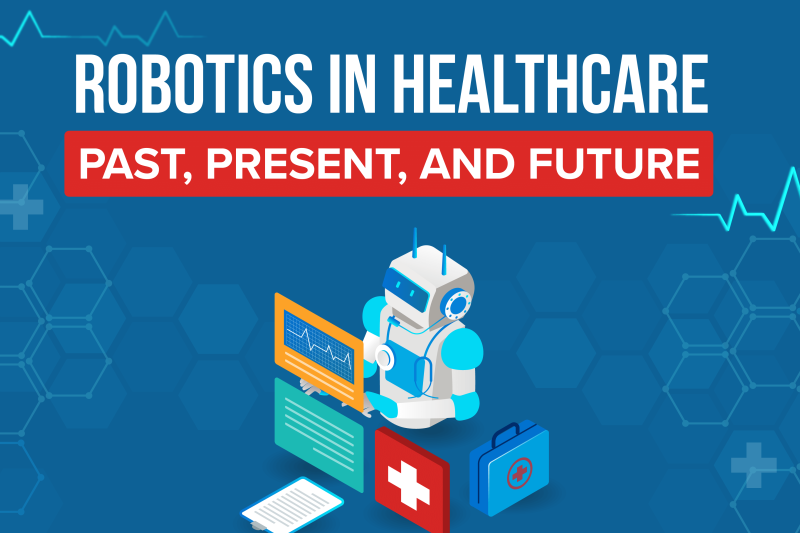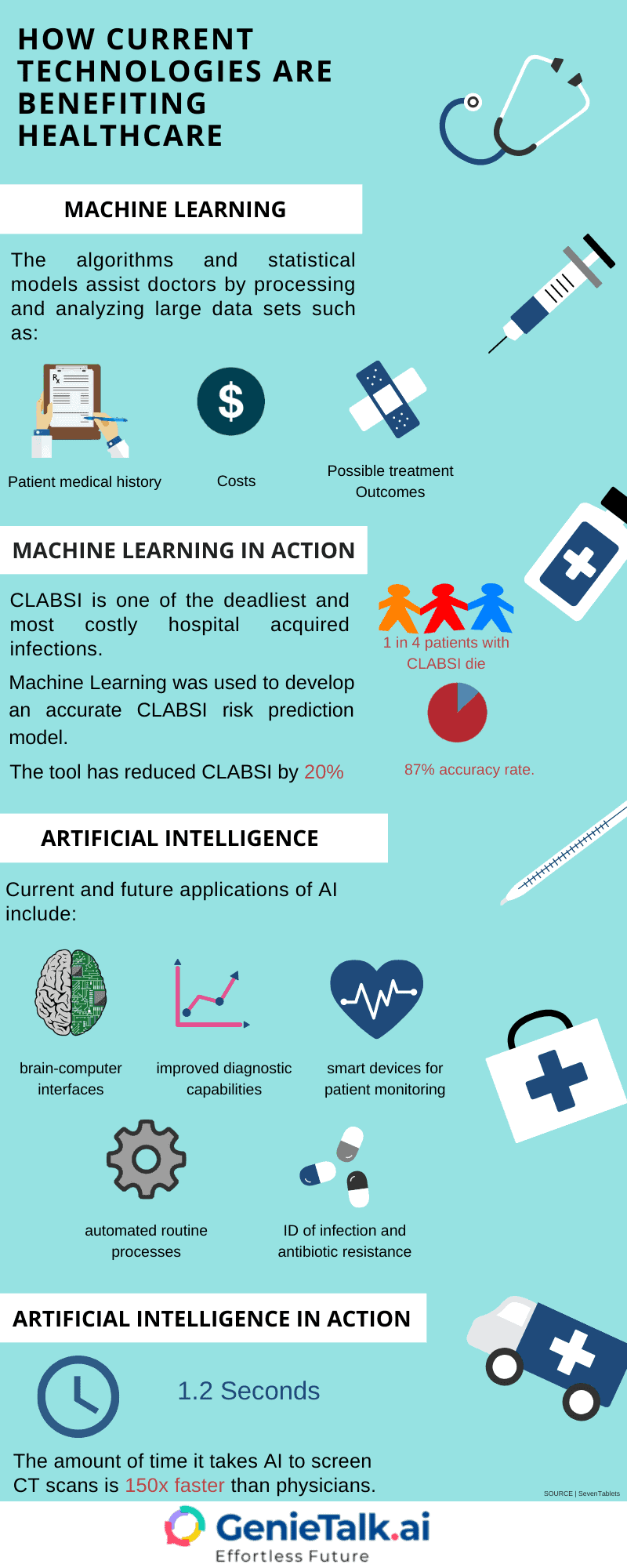Robotics in healthcare has revolutionized the way medical procedures are carried out, leading to improved patient outcomes and enhanced precision. The impact of robotics in healthcare is profound, with advancements in technology resulting in innovative solutions that address complex medical challenges. From surgical robots that assist in minimally invasive surgeries to robotic exoskeletons that help patients regain mobility, the field of healthcare robotics is constantly evolving to meet the needs of patients and healthcare professionals.
One significant aspect of robotics in healthcare is its history and background. The development of robotics in healthcare can be traced back to the early 1980s when the first surgical robot, known as the Puma 560, was introduced. Since then, robotics in healthcare has come a long way, with advancements in artificial intelligence and automation contributing to its growth. Today, robots are being used in various healthcare settings, such as hospitals and rehabilitation centers, to perform tasks that range from surgical procedures to patient care. According to statistics, the global market for medical robots is expected to reach $20 billion by 2023, highlighting the increasing adoption and impact of robotics in healthcare.


Advancements in Robotics Transforming Healthcare
Robotics in healthcare is revolutionizing the way medical treatments are administered, surgeries are performed, and patient care is delivered. With advancements in technology, robotics has become an integral part of the healthcare industry, offering innovative solutions that improve efficiency, precision, and patient outcomes. From robotic surgery systems to assistive robots for patient rehabilitation, the applications of robotics in healthcare are vast and ever-expanding.
One significant innovation in robotics is the development of surgical robots that assist and enhance the capabilities of surgeons during complex procedures. These robots provide a level of precision and accuracy that surpasses human capabilities, enabling minimally invasive surgeries with smaller incisions, reduced pain, shorter recovery times, and improved outcomes. Surgical robots are equipped with advanced imaging technology and robotic arms that allow surgeons to perform procedures with enhanced dexterity and control. This technology has the potential to revolutionize surgical procedures by making them safer, more efficient, and less invasive.
Moreover, robotics is being utilized in the field of rehabilitation to aid patients in their recovery process. Assistive robots are being developed to help individuals with mobility impairments regain their independence and improve their quality of life. These robots can assist with tasks such as walking, lifting, and carrying objects, thereby reducing the burden on healthcare professionals and improving the overall efficiency of patient rehabilitation. By providing personalized and targeted assistance, robotics technologies enable patients to regain their motor functions and enhance their recovery process.
Applications of Robotics in Surgical Procedures
Robotic surgery systems have revolutionized the field of surgical procedures, offering increased precision, improved outcomes, and enhanced patient safety. One notable example is the da Vinci Surgical System, which allows surgeons to perform complex minimally invasive surgeries with unparalleled precision and control. The system consists of robotic arms equipped with surgical instruments and a high-definition camera that provides a magnified, three-dimensional view of the surgical site.
With the da Vinci Surgical System, surgeons can make smaller incisions, resulting in reduced pain, less scarring, and faster recovery times for patients. The robotic arms mimic the movements of the surgeon’s hands in real-time, reducing hand tremors and allowing for precise and delicate maneuvers. Additionally, the system provides enhanced visualization of the surgical site, enabling surgeons to identify and navigate complex anatomical structures more effectively.
Another application of robotics in surgical procedures is the use of robotic exoskeletons for orthopedic surgeries. These exoskeletons are wearable robotic devices that assist surgeons during joint replacement surgeries, reducing the physical strain and fatigue associated with these complex procedures. The exoskeleton provides support to the surgeon’s arms, reducing the risk of musculoskeletal injuries and improving surgical precision. This technology is especially beneficial for long and tedious surgeries, enhancing the surgeon’s performance and overall patient outcomes.
Robotic assistance is not limited to surgical procedures but also extends to training and education in the medical field. Virtual reality simulators and robotic models are used to train surgeons and healthcare professionals in specific procedures, allowing them to practice and improve their skills in a controlled and realistic environment. These training technologies enable surgeons to gain hands-on experience without directly operating on live patients, ensuring higher levels of patient safety and better surgical outcomes. Robotics in surgical training provides a valuable tool for skill development and continuous education in the medical field.
Enhancing Patient Rehabilitation with Robotics
Robotics has made significant contributions to patient rehabilitation, enabling individuals with mobility impairments to regain their independence and improve their quality of life. Assistive robots, such as exoskeletons and robotic prosthetic limbs, are designed to restore mobility and functionality to patients with limb disabilities or paralysis. These robots are equipped with sensors and actuators that mimic natural human movements, allowing patients to walk, grasp objects, and perform activities of daily living.
Exoskeletons, for example, provide external support and assistance to patients with lower limb disabilities, allowing them to stand, walk, and climb stairs. These devices utilize robotic technology and sensors to detect the user’s movements and provide the necessary support and stability. By enabling patients to engage in upright mobility, exoskeletons offer physical and psychological benefits, including improved muscle strength, cardiovascular health, and overall well-being.
Robotic prosthetic limbs are another breakthrough in patient rehabilitation. These advanced prosthetics are designed to closely mimic natural limb movements, providing individuals with enhanced control and functionality. With the integration of robotics and artificial intelligence, prosthetic limbs can adapt to the user’s movements and respond in real-time, allowing for more natural and intuitive use. This technology allows amputees to perform complex tasks and regain their independence, improving their overall quality of life.
Ethical Considerations and Future Implications
While the advancements in robotics in healthcare offer numerous benefits, they also raise ethical considerations that need to be addressed. One major concern is the potential for robotic systems to replace human healthcare professionals, leading to job displacement. However, it is important to note that robotics in healthcare should be viewed as a complementary tool that enhances human capabilities rather than replacing them.
Another ethical consideration is the responsible use of robotics in healthcare. Robotic systems must be designed and implemented with a focus on patient safety and privacy. Security measures must be in place to protect patient data and ensure that robotic systems do not compromise patient confidentiality. Additionally, transparency is crucial to building trust between patients, healthcare professionals, and robotic systems, ensuring that patients understand and consent to the use of robotics in their care.
In the future, robotics in healthcare is expected to continue evolving and playing a more significant role in patient care. Advancements in artificial intelligence and machine learning will enable robots to learn and adapt to individual patients’ needs, providing personalized and tailored healthcare experiences. Moreover, the integration of robotics with telemedicine and wearable technology will allow for remote monitoring and care delivery, especially in rural and underserved areas.
In conclusion, robotics in healthcare has transformed the way medical treatments are conducted and patient care is delivered. From surgical robots that offer enhanced precision and control to assistive robots that aid in patient rehabilitation, robotics has revolutionized the healthcare industry. These advancements have the potential to improve patient outcomes, reduce healthcare costs, and enhance the overall quality of care. However, it is essential to address the ethical considerations and ensure responsible and transparent use of robotics in healthcare. As technology continues to advance, the future of robotics in healthcare holds great promise in reshaping the way we approach and experience healthcare.
(Words: 856)
Key Takeaways
- Robotics in healthcare is revolutionizing the industry by bringing innovative solutions to patient care.
- Robots can assist in surgeries, enabling precise and minimally invasive procedures.
- Automation and AI technologies in robotics improve efficiency and accuracy in healthcare tasks.
- Robots can be used for physical therapy and rehabilitation, enhancing patient recovery.
- The impact of robotics in healthcare includes improved patient outcomes and reduced healthcare costs.

Robotics has made significant advancements in healthcare, improving patient outcomes and revolutionizing the way medical procedures are performed. Robots can assist in surgery, allowing for precise and minimally invasive procedures.
Additionally, robots can be used for tasks such as medication delivery, patient monitoring, and rehabilitation. These innovations not only enhance the efficiency of healthcare services but also contribute to improved patient safety and comfort.
With the continuous development of robotics in healthcare, we can expect even more groundbreaking applications that will further transform the industry and benefit patients of all ages.


